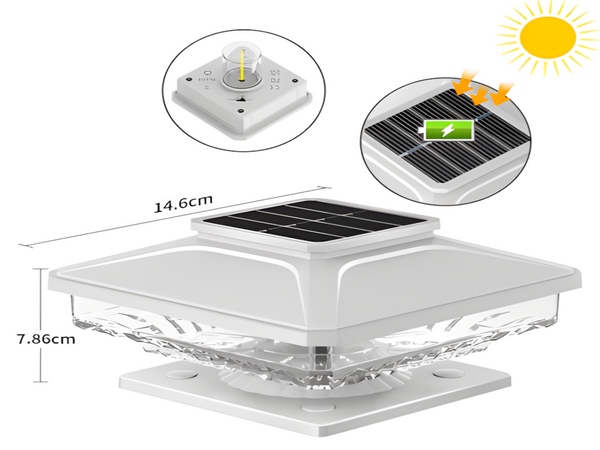
Winter is the peak season for issues with solar street lights. Many solar street lights experience quality problems during winter, with a common issue being insufficient lighting time at night. For example, instead of lighting for 5 hours each day, they may only operate for two or three hours before turning off. This phenomenon is primarily caused by battery depletion. So, what should we note when using solar street lights in winter? Let’s take a look together.
1. Pay Attention to Frostbite
In some regions, winter weather can be extremely cold, causing the batteries of solar street lights to freeze, which leads to insufficient discharge. Therefore, in cold areas, batteries should be buried at least 1 meter deep, with a 20-centimeter layer of sand at the bottom to ensure the normal operation of solar street lights.
2. Regularly Replace the System
Due to lower temperatures in winter, there may sometimes be foggy conditions, leading to less sunlight than in other seasons. Solar panels may not generate enough electricity, and batteries discharge at only 70% of summer capacity, causing the battery to have enough charge for only two to three hours of light each night. Thus, it is important to regularly replace the street light system.

3. Adjust the Angle of the Solar Panel

It is also important to ensure that the angle of the solar panel on the street light is correctly adjusted to maximize sunlight absorption and charging capacity. This helps to guarantee normal lighting duration.
4. Clean Snow and Dust
If solar panels are not cleaned for a long time, excessive dust will undoubtedly affect power generation efficiency. In some areas where it snows frequently, accumulated snow may cover the solar panels, leading to a lack of electrical generation. Therefore, it is essential to regularly clean dust and snow from the solar panels to prevent shading and ensure uniform solar conversion, thus ensuring the normal use of the solar street lights.
The above points about using solar street lights in winter are shared here. Additionally, it is important to note that in cold winter, if the solar street light batteries freeze, they may be “frostbitten,” causing insufficient discharge. Typically, in cold regions, solar street light batteries should be buried at least 1 meter deep with a 20-centimeter layer of sand at the bottom to facilitate water drainage, which helps to extend the life of the batteries.



